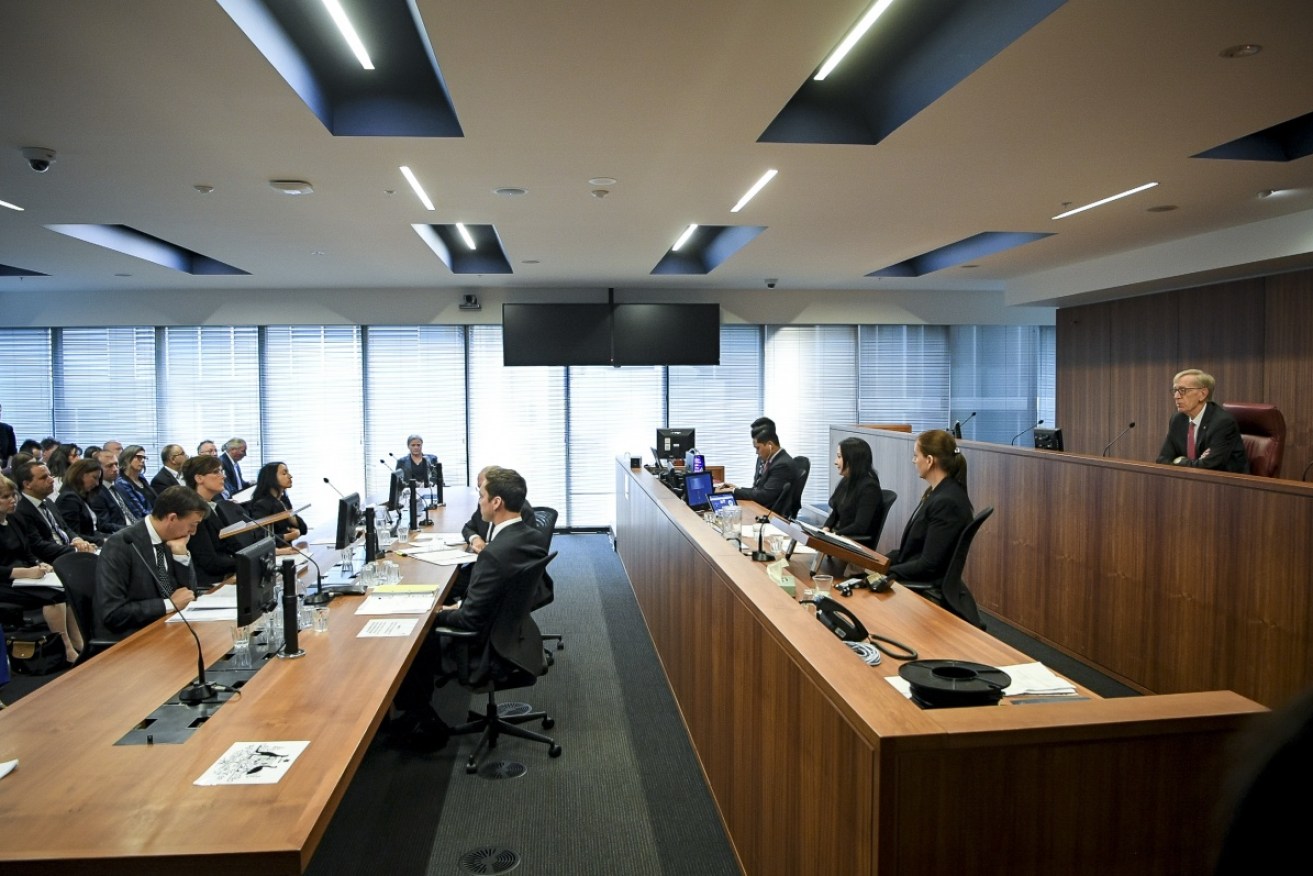CBA admits its mortgage broker payment system is ‘conflicted’


The royal commission heard evidence from CBA on Thursday. Photo: AAP
Mortgage brokers may be encouraging homebuyers to take out larger-than-necessary loans thanks to the banks’ commission structures, the banking royal commission has heard.
Taking to the stand on Thursday, Commonwealth Bank of Australia’s executive general manager of home buying Daniel Huggins acknowledged the current system of remunerating brokers was not serving customers.
“I think we have acknowledged there is a conflict in the commission structure,” he said.
However, he said the bank was not prepared to overhaul the system unless other banks overhauled their system as well.
There’s a first-mover problem in that the person who moved first would lose a lot of volume.
“It would need to be done on a uniform basis, otherwise what is a very important business to the CBA could be very substantially damaged.”
The conflict of interest
The commission heard that the bigger the home loan, the higher the commission paid to the mortgage broker.
This applies to two types of commission: upfront and trail commissions.
Upfront commissions refer to the initial commission paid by CBA to the mortgage broker when they sell a CBA mortgage to a customer. They are around 0.65 per cent of the value of the loan, the commission heard.
On a loan of $400,000 (about the national average), a broker would receive a commission of $2600.
Trail commission, meanwhile, refer to ongoing annual commissions paid to the broker. There are approximately 0.2 per cent of the loan value. So in the first year that would be around $800.
This means brokers are paid more the higher the value of the loan, and the longer it takes to pay off. In other words, the more the customer borrows, the more the broker gets paid.
The commission heard that home loans that come through third-party brokers are on average higher value and more likely to be interest-only than those that don’t, which suggested commission structures were encouraging brokers to sell higher-value loans.
Last year, CBA chief executive Ian Narev admitted this commission structure could lead to “poor” consumer outcomes, and said CBA would support “elevated controls”.
However, little action – such as moving to a flat fee commission model – has been taken.
The royal commission also heard that CBA was not disclosing how much it was paying brokers per loan, even though its loan application form requires the bank to do so.
Not ‘writing enough volume’
The CBA’s accreditation of brokers also came under scrutiny. The commission heard that CBA had a policy of “de-accrediting” brokers who were “inactive”.
That meant CBA took away the accreditation of brokers who weren’t selling enough CBA home loans – or, in Mr Huggins’ words, “writing enough volume”.
Mr Huggins denied that these brokers were de-accredited because they weren’t bringing enough business to the bank, arguing instead that if the broker was inactive, CBA had no way of knowing if they understood the bank’s standard and procedures.
However, the commission heard that many de-accredited brokers had appealed the decision with the promise that they would sell more CBA home loans, suggesting the brokers themselves believed they were dis-accredited because for that reason.








